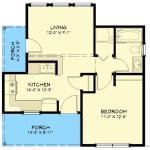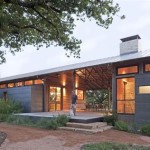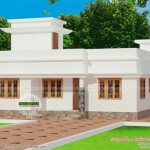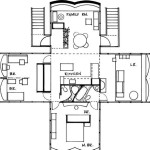Essential Aspects of Guinea Pig Hutch Design Plans
Providing your guinea pigs with a comfortable and enriching living space is crucial for their well-being. A well-designed hutch offers ample space, protection from the elements, and features that cater to their natural needs. This article will delve into the essential aspects to consider when creating Guinea Pig Hutch Design Plans to ensure your furry friends thrive in their environment.
1. Space Requirements
Guinea pigs are active and social creatures that require adequate space to move around, socialize, and engage in natural behaviors. The minimum recommended space for a pair of guinea pigs is 7.5 square feet, with an additional 3 square feet for each additional guinea pig.
2. Indoor/Outdoor Placement
Hutch placement depends on your climate and lifestyle. If you live in a moderate climate, an outdoor hutch can provide fresh air and sunlight. However, it must be well-protected from predators, extreme temperatures, and inclement weather. Indoor hutches offer year-round protection but require proper ventilation and access to an outdoor run for exercise.
3. Materials and Construction
Choose durable, weather-resistant materials such as treated wood, metal, or plastic for the hutch's construction. Ensure that the panels are smooth and free of sharp edges to prevent injuries. Provide adequate insulation to maintain a comfortable temperature inside the hutch during extreme weather conditions.
4. Ventilation and Lighting
Proper ventilation is essential for maintaining good air quality and preventing respiratory problems. Include multiple ventilation openings on different walls to promote airflow. Natural light is also beneficial, but provide shading to prevent overheating. Artificial lighting may be necessary during darker hours.
5. Shelter and Bedding
Guinea pigs need a sheltered area within their hutch to retreat to and feel secure. Provide a cozy hideout made of wood, cardboard, or fabric. The bedding material should be absorbent, soft, and replaced regularly to maintain hygiene.
6. Food and Water Access
Position food and water dispensers in easily accessible locations. Choose heavy water bottles or bowls that cannot be tipped over. Provide a hay rack to encourage natural foraging behavior.
7. Ramps and Platforms
Guinea pigs enjoy climbing and exploring different levels. Incorporate ramps or platforms within the hutch to add vertical space and encourage activity. Ensure that the ramps have a non-slip surface for safe navigation.
8. Cleaning and Maintenance
Regular cleaning is crucial to maintain a healthy environment for your guinea pigs. The hutch should be cleaned at least once a week, disinfecting all surfaces and replacing bedding. Provide a designated area outside the hutch for exercise and grazing.
Conclusion
By considering these essential aspects in your Guinea Pig Hutch Design Plans, you can create a comfortable, safe, and stimulating environment for your beloved pets. Remember to consult with a veterinarian or experienced guinea pig owner for additional guidance and to ensure your design meets the specific needs of your furry friends.

How To Build A Guinea Pig Hutch Buildeazy

How To Build A Guinea Pig Hutch Buildeazy

147 Deluxe 2 Y Rabbit Hutch Cage With Under Run Buy Small Animal Supplies Casas Para Cobayas Mascotas Gallinas

Make Your Own Guinea Pig Cage Tips Diy Hutch Pet Pigs

Cage Designs Plans Guinea Pig Cages

Diy And C Cages For Guinea Pigs Build Your Own Squeak Dreams

Simple Diy Housing Ideas For Your Guinea Pigs

Build A Guinea Pig Cage With Easy Cleaning Projects Kids 4 Steps Instructables

Cute Guinea Pig Cage Pigs Bedding House

Diy And C Cages For Guinea Pigs Build Your Own Squeak Dreams








